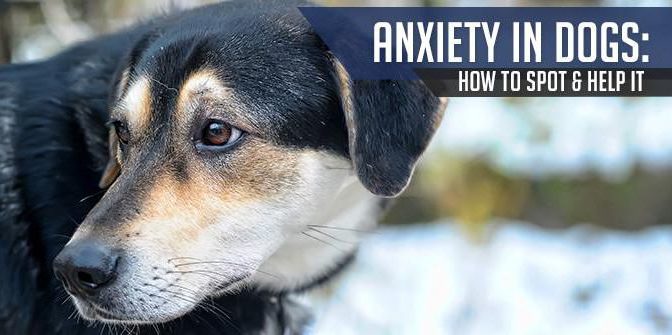Dog Anxiety: Just like people, dogs get anxious sometimes.
Understanding Anxiety In Your Dog
Pounding heartbeat, sweaty palms, or shaky knees? We’ve all felt the effects of anxiety. Just like people, dogs get anxious sometimes. The good news is that there are lots of ways to help your beloved pet deal with anxiety. The first step is learning to recognize it.
How do you know if your dog is anxious?
Just like people, dogs get anxious about different things and show it in different ways. Identifying anxiety quickly will help you take action to minimize or eliminate the source. Some signs and behaviors are subtle, while others are pronounced and destructive.
• Panting or drooling.
• Trembling.
• Whining or whimpering.
• Cowering or trying to hide.
• Running away.
• Excessive barking.
• Chewing, scratching and tearing things apart such as wall trim, furniture, pillows, or upholstery.
• Excessive licking or chewing.
What is dog anxiety?
In people terms, think of dog anxiety as a stress reaction. Sometimes there’s a good reason for your dog’s stress. But if your dog becomes overly fearful or anxious when there is no real threat, it’s time to take action. Chronic anxiety is harmful to your dog’s physical and mental health. In extreme cases your dog may injure himself, people or other animals.
What are some triggers of dog anxiety?
Some triggers happen in a moment while others are related to your daily routine. Most triggers fall into one of four categories.
• Loud noises. Thunder and fireworks certainly top the list as a cause of anxiety. Loud noises from construction equipment, car and truck traffic, and firearms may be stressful, especially if they are unfamiliar to your dog. Smoke alarms frighten most dogs as do some household appliances such as a vacuum or blender.
• Separation. Dogs are pack animals so it’s not natural for them to be alone. Since their human family is their pack they may experience anxiety when separated. In addition, other pets in the household are part of the pack and separation may trigger anxiety. This often happens when another pet dies.
• Lack of exercise. Dogs need to be active both physically and mentally. Walking your dog (think exploring) daily will meet both needs. It’s also a great way to bond with your dog. Playtime is equally important. And so is teaching your dog new tasks.
• Social Stress. Your dog may get anxious when meeting new people or new dogs, especially in unfamiliar surroundings such as at a training class or dog park.
Dog Anxiety And Weighted Backpacks
Weighted backpacks are vest-like garments designed to calm anxious dogs. The vests work under the premise that pressure applied to the dog’s torso causes a calming effect.
When worn correctly, a weighted backpack distribute pressure over the back and sides of the dog’s chest, serving as a calming “hug.” Scientifically, gentle pressure releases chemicals called endorphins that promote a sense of well-being.

